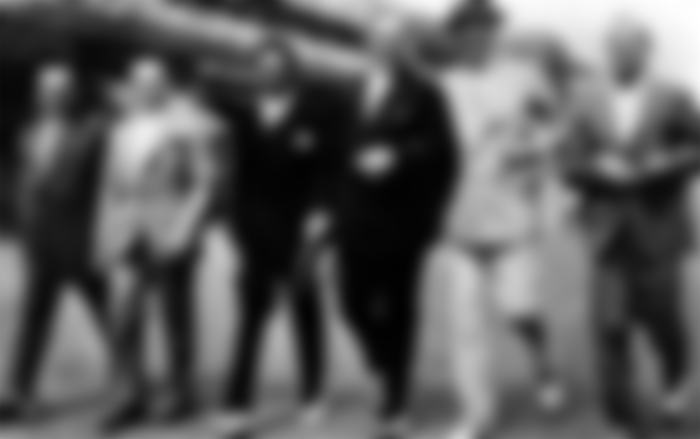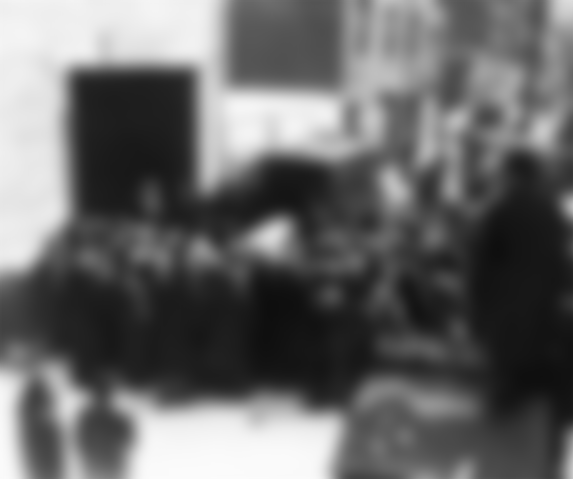Al Capone - a gangster who was loved by the public
Although his name regularly appears on lists of the most notorious criminals in American history, Al Capone was by no means the embodiment of evil. We could describe him as a man of contradictions – he was simultaneously an unscrupulous gangster and a conscientious accountant; cold-blooded killer and philanthropist; bully and family man.

Little in Alphonse Capone's childhood hinted at what he would become. He was born on January 17, 1899 in New York, as the fourth of nine children of barber Gabriele and seamstress Teresina, emigrants from the village of Castellammare di Stabia near Naples. Gabriele was a hard-working man who, unlike many immigrants, could read and write, so he worked his way up to become the owner of a barber shop and provided his family with a decent life.

Bright and hardworking, Alphonse had solid grades in school and his manners were adequate until the age of fourteen, when he got into a fight with his teacher. Although he claimed that he was only defending himself, he was expelled from the school. He began spending time on the streets, where he entered the orbit of local gangster Joseph Torri.

At first, his mentor found him a legal job, that of a tapman in the "Howard's Inn" tavern. It was there that Capone earned the nickname under which he will go down in history - "Face with a scar". When he wasn't pouring drinks, the 18-year-old casually wooed attractive female guests. That summer evening, however, he chose the wrong one: the sister of gangster Frank Galucci. "You have a wonderful butt, take it as a compliment!" he said to the girl, whereupon her brother grabbed a knife and cut the daredevil's left cheek. Capone would later insist that he be photographed only from his "better side" and lie to the media that the scar was from the war.

Not long after marrying the Irish woman Mary Coughlan and having a son with her, Capone left for Chicago, where Torrio moved his operations. The head of the mafia there at the time was Big Jim Colosimo, Torrio's uncle, and his main job was running a brothel. When Prohibition came into force, Torrio realized that there was a lot of money hidden in illegal alcohol, but Colosimo was not interested in that type of business. In other words, he stood in the way of Torri's ambitions.
After hiring a friend to liquidate Colosimo, securing alibis for himself and Capone, Torrio becomes the head of the Chicago mob and Capone, who previously kept his books, his right-hand man. Over the next few years, their gang amassed a fortune from the illegal production and sale of alcohol, but also many enemies among rival criminal organizations. After barely surviving an assassination attempt, Torrrio retires, leaving the supervision of his business, which at that time already included thousands of brothels, casinos and illegal alcohol bars, to his protégé Capone.

Although he was only twenty-five years old when he found himself at the head of one of the biggest mafia families, he showed unusual business acumen but also the determination to deal with everyone who dared to oppose him. Although there is no official proof that he participated in the "Valentine's Day Massacre", the liquidation of members of the Irish gang of Bugs Moran, it was clear to everyone that it was Capone who ordered the bloodshed. And, when necessary, he himself knew how to "get his hands dirty": he beat three gangsters, whom he suspected of having switched sides, with a baseball bat!

Although he bribed police officers and politicians for years and the public loved him, such outrages could not continue indefinitely. When the ambitious Elliot Ness became the head of the FBI, the circle around the mob boss began to tighten. The feds, in fact, had a new weapon in the fight against the gangsters: they began to accuse them of evading taxes on their ill-gotten wealth. It was on this banality that the infamous Al Capone "fell". In 1931, he was found guilty of that crime and sentenced to eleven years in prison.He served most of his sentence in Alcatraz, and upon his release he was a broken man.

His health was seriously damaged by his stay behind bars and the consequences of long untreated syphilis. He retreated to a mansion in Florida, where the infection spread to his brain. He never returned to Chicago, because he was not mentally fit to lead a family (his psychiatrist noted that the patient had the mental capacity of a twelve-year-old child). He died at the age of forty-eight, and his wife took care of him until the last moment.






